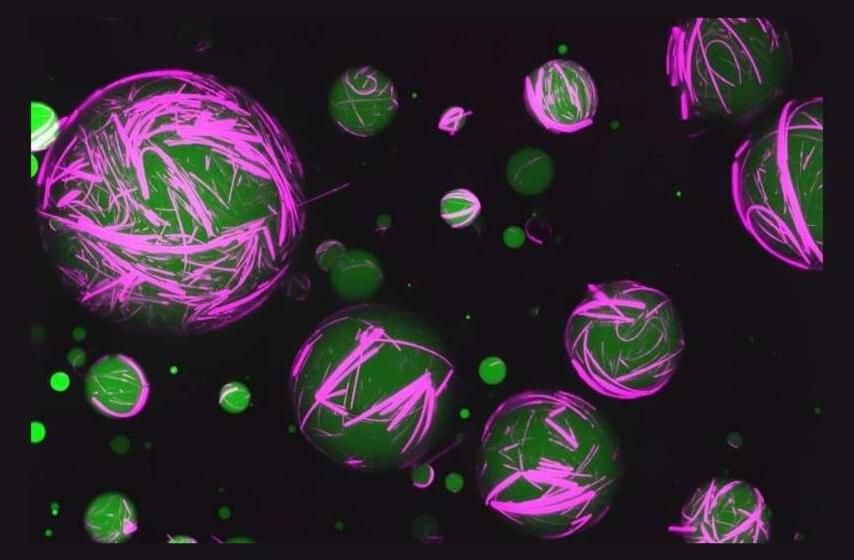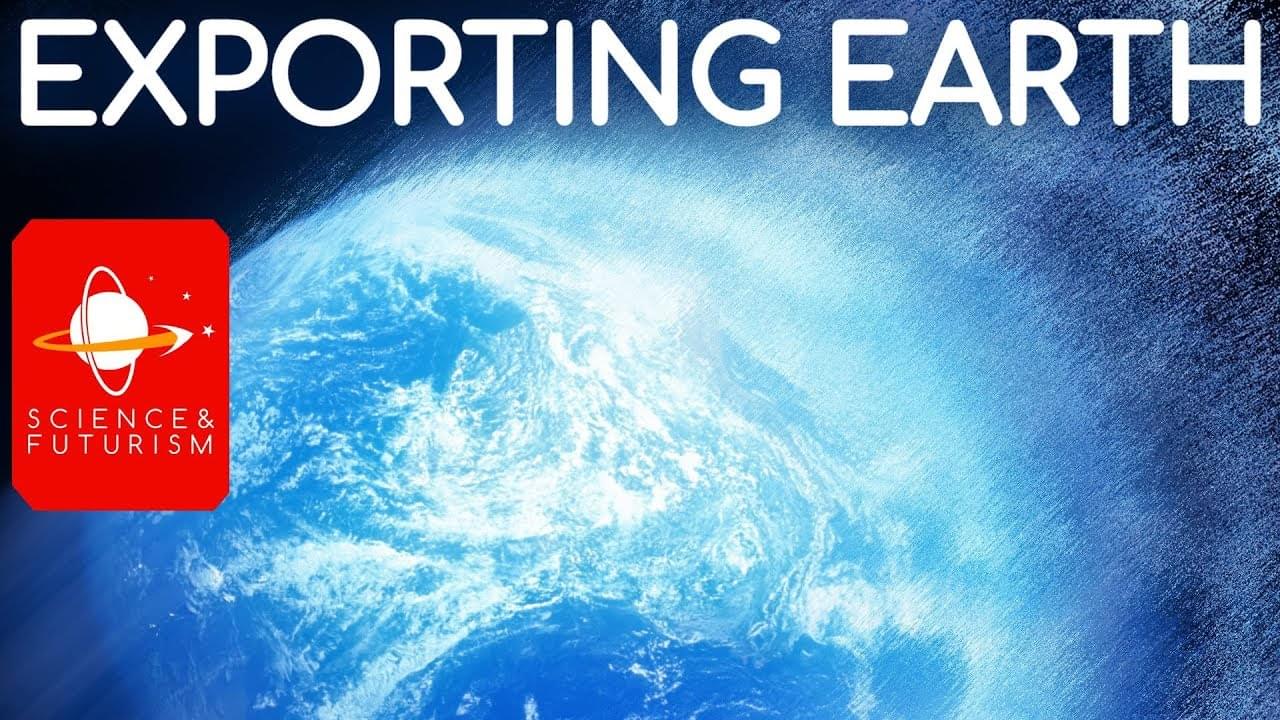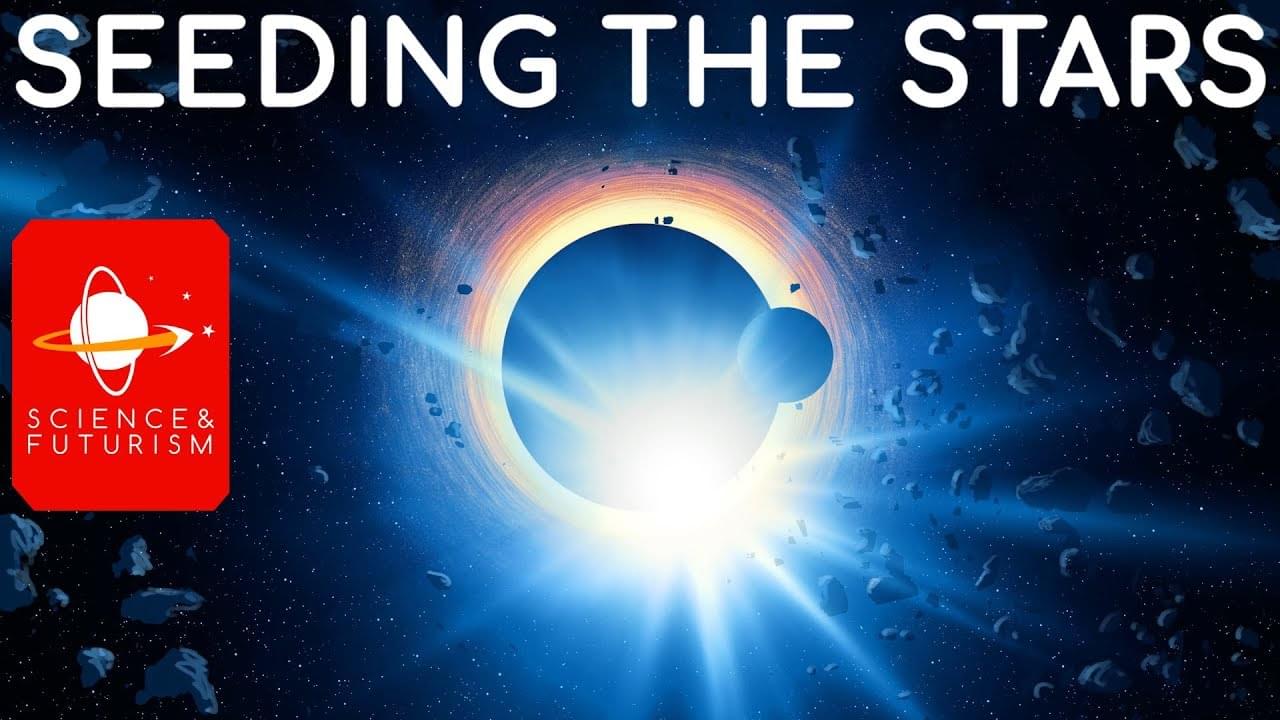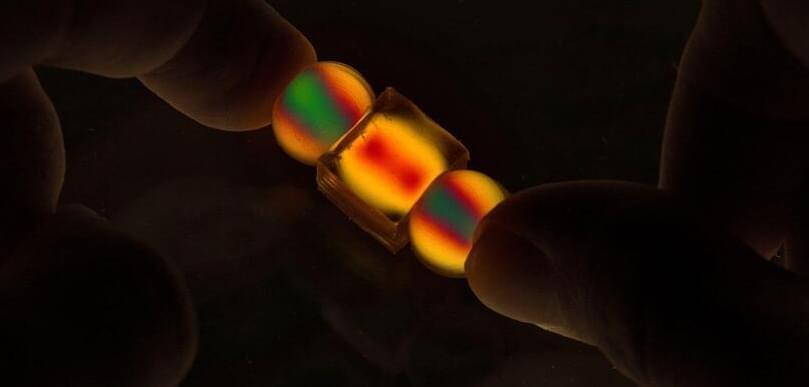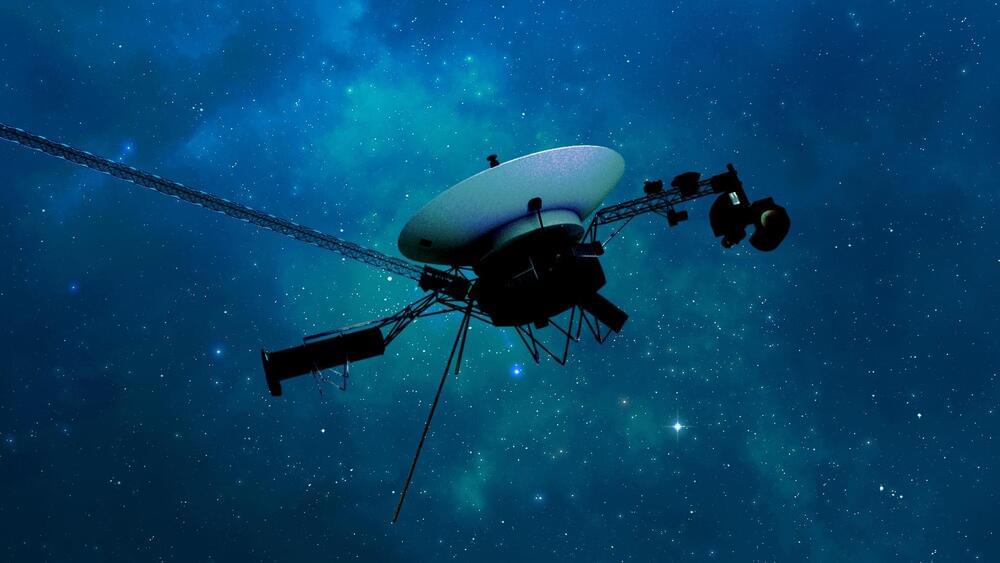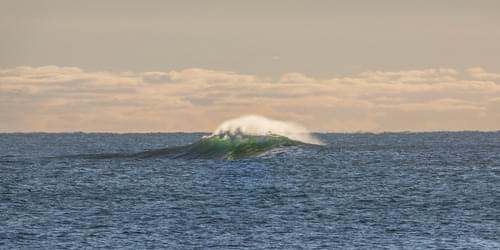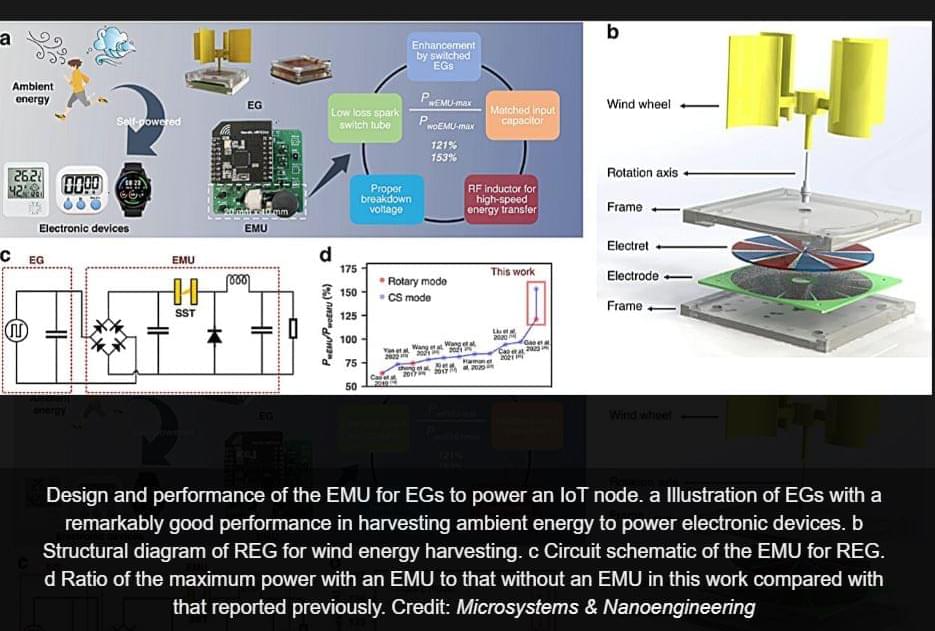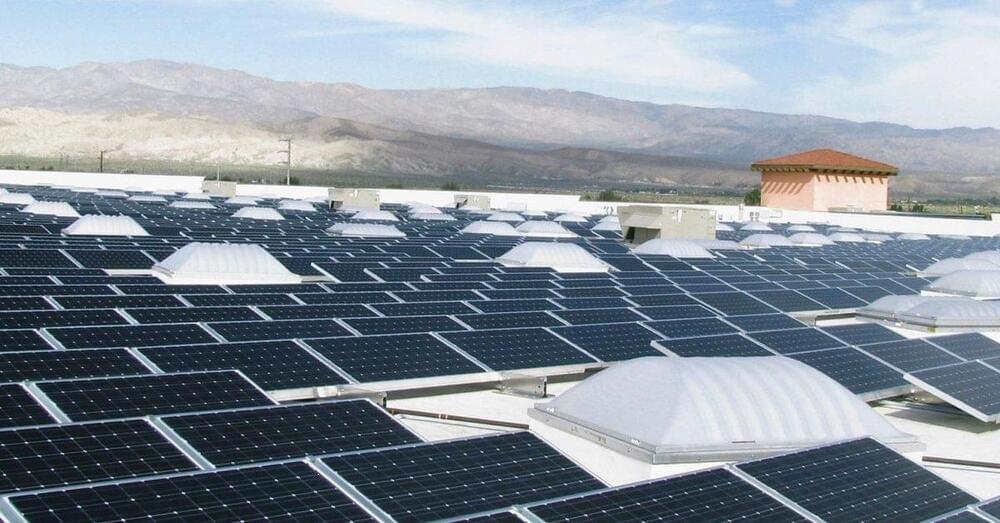Apr 28, 2024
Researchers create artificial, modifiable cells with programmable DNA
Posted by Gemechu Taye in categories: biotech/medical, engineering, life extension
Instead of creating materials that are made to last, Freeman says their materials are made to task — perform a specific function and then modify themselves to serve a new function.
This achievement holds significant promise for advancements in regenerative medicine, drug delivery methods, and diagnostic technologies.
“With this discovery, we can think of engineering fabrics or tissues that can be sensitive to changes in their environment and behave in dynamic ways,” states Freeman.
